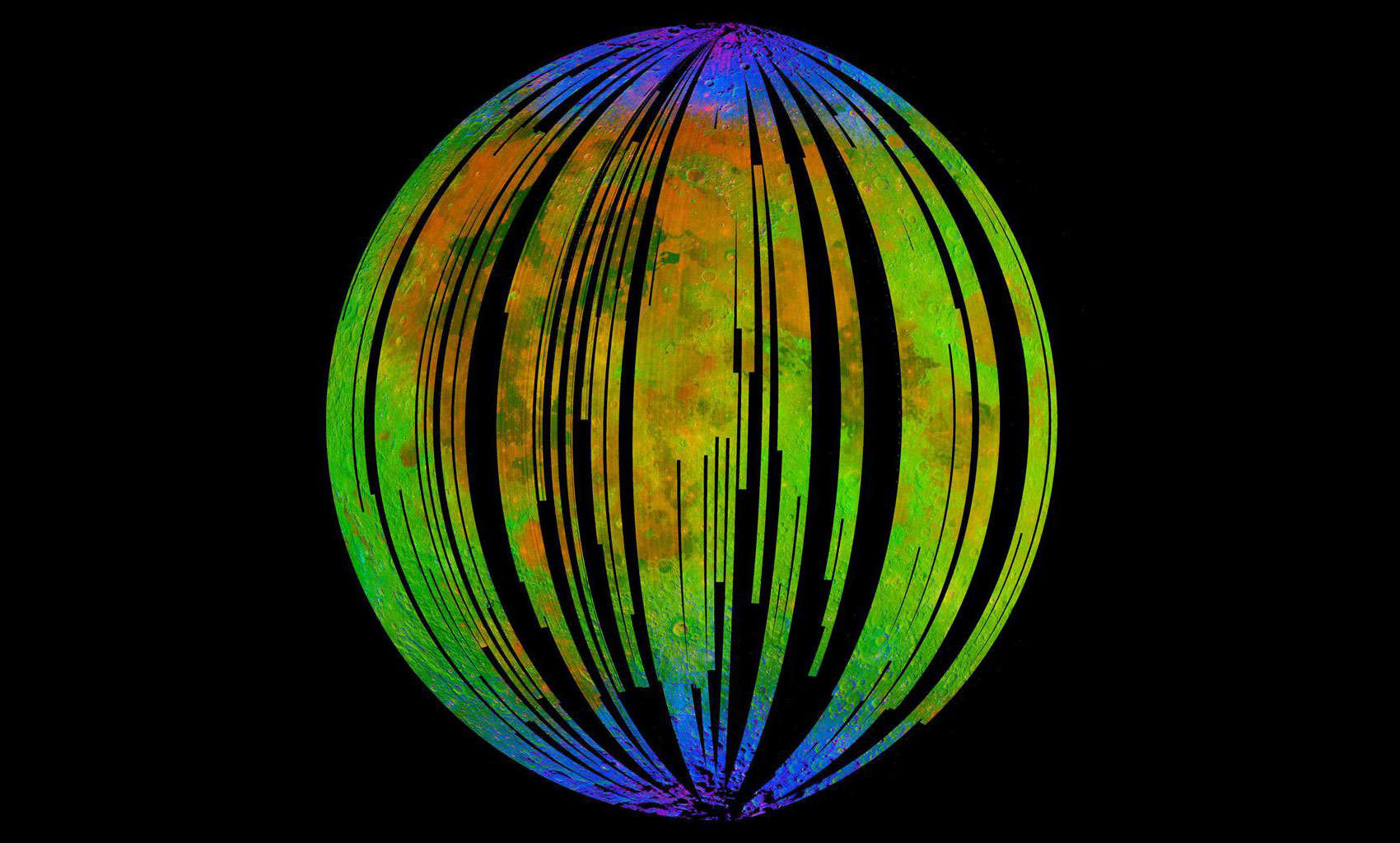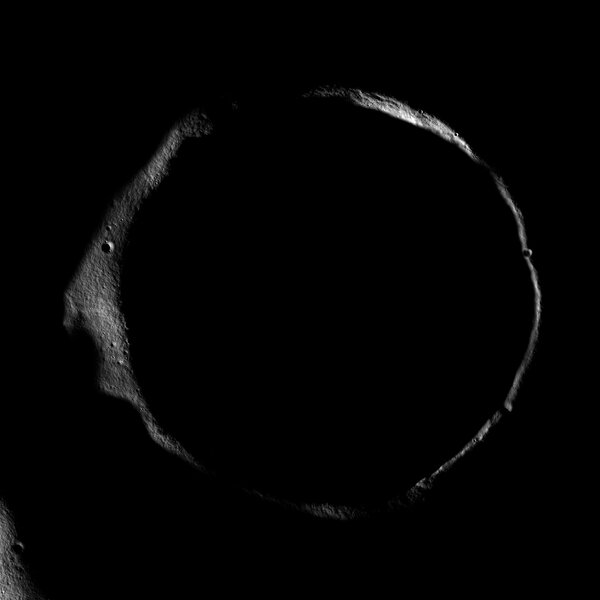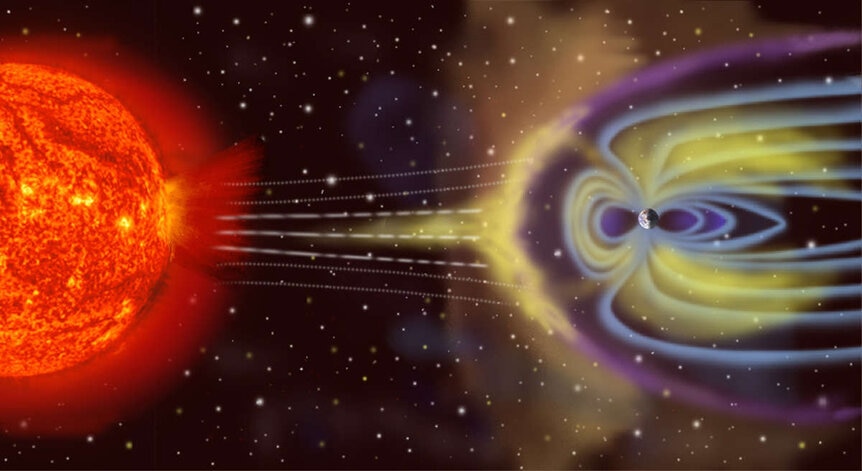Create a free profile to get unlimited access to exclusive videos, sweepstakes, and more!
The Moon is getting a little rusty. Like, *actually* rusty.

Of all the things we can say about the Moon, I would never have thought we could call it rusty.
But new results show that it literally is. Planetary scientists investigating observations made using India's Chandrayaan-1 Moon orbiting spacecraft have found evidence of hematite, a form of iron oxide… or, more commonly, rust.
This really surprised me. For one thing, iron binds with free (that is, not bonded to some other element) oxygen to form hematite in the presence of water, of which the Moon is not overly abundant. Also, what's the source of the oxygen?
But then I saw that the hematite was found mainly at the Moon's poles, which makes sense. At the extreme latitudes near the poles, craters can be deep enough to get very little or even no sunlight; their floors are permanently shadowed. In these very cold regions, any water that happens to fall there — say, from an asteroid or comet impacting the Moon, both of which can have lots of water ice in them — will stay there. It's predicted there may be billions of tons of water trapped at the lunar poles.
OK, great. Water. But what about oxygen? Where does that come from?
Another surprise: It comes from Earth. Yeah, here. OK follow along: The Earth has a magnetic field surrounding it, something like a bar magnet's. The Sun blows a wind of subatomic particles (the solar wind) that carry their own magnetic field, and when they hit the Earth they distort our magnetic field into a very elongated teardrop-shape... it's very much like a sandbar sculpted by water flowing past sediment in a stream. This feature is called Earth's magnetotail.
Also, if you're breathing right now, you know the Earth's air has oxygen in it. In the extreme upper atmosphere the solar wind can pick these atoms up and launch them into space, creating a very thin stream of oxygen flowing along the magnetotail. This tail stretches well past the Moon's distance, and so once a month the Moon passes right through this ethereal flow of oxygen atoms. It really isn't much, but over billions of years it adds up.
So, wow. Iron + oxygen + water = hematite. Rust. On the Moon.
To add support to this, they tended to see the hematite on the highest-elevation parts of craters facing toward the equator (so on the north walls of craters near the north pole, and south near the south pole), which is what you'd expect if the flow of oxygen were coming from the direction of the Earth, those parts of the craters face Earth.
The water part of the equation comes from the ice in the craters, but it needs to be liberated somehow, available to the iron. This, the authors think, occurs when small meteoroids (think gravel and such) hit the Moon's surface. This can blast water molecules up, allowing them to then combine with the iron in the presence of the Earth oxygen flow. Due to the Moon's motion (rotation, orbit around the Earth, and orbit around the Sun) these impacts tend to happen more on the east-facing slopes, and again they see somewhat more hematite in those places.
Another bit of evidence is that they don't see nearly as much on the Moon's far side, which always faces away from Earth, and, therefore also away from Earth's oxygen stream. So it all hangs together.
They make a testable prediction, too. Oxygen atoms comes in different isotopes, different numbers of neutrons in their nuclei. Oxygen 16 is lighter than O-17 and -18, and so it more easily gets into the upper atmosphere where it can be blown to the Moon. So they predict that hematite on the Moon will preferentially have oxygen-16 atoms in it. Not only that, but we know the ages of many craters, so by checking the abundances of those isotopes in craters of different ages, we can essentially sample what the isotope ratios in Earth's ancient atmosphere were at different times, too. Free science! Very cool.
The Moon is the nearest object in the entire Universe to us, yet it can still hold many surprises. We can only dig those up (I almost wrote "unearth"; ironic in this case*) by studying it carefully and in different ways. The presence of ice was a surprise when it was first found — it was predicted for decades but very difficult to detect — and it's pretty clear there are a lot more such fun things just waiting for us to find them.
*Yes, even the word ironic is ironic in this case.





























